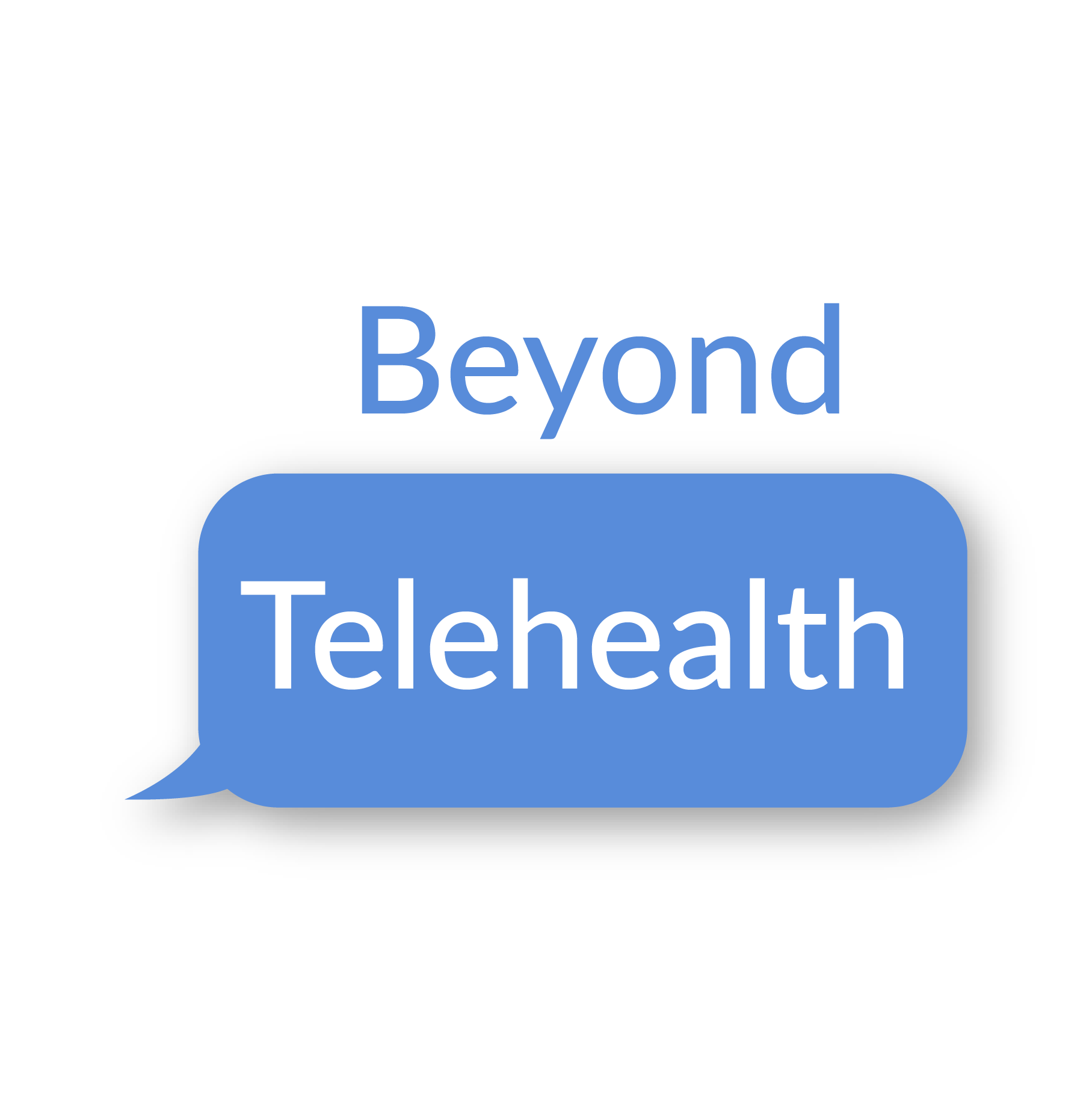2020 has changed our lives in a myriad of ways. Telemedicine is a concept that most doctors did not want to talk about, let alone actually use, prior to this year. In such a short period of months, however, greater than 75% of doctors quickly adapted and actively engaged in telemedicine to schedule and visit with patients. More and more patients prefer to speak with a doctor over a video call rather than take the chance of sitting in a potentially dangerous waiting room. Telemedicine allows for a private and secure meeting with a doctor’s undivided attention while still staying safe and comfortable. Now, more than ever, telemedicine offers an efficient, easy and effective solution for both doctors and patients. It is simple…telemedicine works!
Telemedicine originally sought to focus on solving many of the problems that face the rural health care community. One of the greatest challenges facing patients in rural areas is difficulty accessing a primary care provider or specialist. Beyond Telehealth started with 17 years of urology practice in rural Wyoming, where, at first, the challenges of providing world class healthcare to a rural community at first seemed insurmountable and inefficient. However, even prior to the COVID-19 pandemic, the perfect solution was teleurology to provide a more convenient practice for our patients and for our practice.
When Dr. Finkelstein moved to Wyoming, she decided that in order to grow her practice she would have to travel. For 13 years, she drove 3 hours to towns as small as 1,500 people one week and flew 2 hours the opposite direction the next. This meant that the entire clinic depended on the travel of one doctor. A blizzard or a cancelled flight could close an entire clinic. There simply had to be a better way, and we thought that technology may be the solution.
That thought was in 2009. Now it’s 2020 and telemedicine has truly been life-saving for many medical and surgical practices. We like to explain to doctors and medical professionals that the best way to treat telemedicine is just like traditional medicine.
When discussing a patient’s kidney stone, or evaluating a prostate MRI, think and act as if the appointment is face to face. No, it’s not possible to do a prostate exam (yet), but so much of what we do is consultation and education. Regarding reimbursement, as wild as it sounds, the Center for Medicare and Medicaid Services has made unprecedented changes during COVID-19 to pay for both audio and video visits. Doctors can and do get paid for virtual check-ins and e-visits. Over 9 million people have received telehealth services since the COVID-19 pandemic began. Some of these changes will be permanent, but not all. It is important for doctors to understand that telemedicine will be woven into the fabric of their practices. These doctors will hopefully be the driving force indicating to Congress that law needs to reflect the transformations occurring in healthcare.
It’s a new day for healthcare. In our experience, patients are embracing telemedicine and appreciating the ease and efficiency of not spending hours in a car or in a waiting room, for a 15-minute visit. Time and effort are all the more precious in these unnerving times. We love hearing and seeing happy patients on quick post op calls, who appreciate that they do not have to take a half day off work for 5 minutes of their time. Our staff has come together and transformed the service we provide. We have learned to onboard patients remotely, provide education on the new technology, and answer questions about the process to both young and old patients. It has not always been easy or quick to make that shift, but the benefits have been worth the effort.
As we all know: change is hard, but change is good. Patients are now able to direct their care from their home and telemedicine is there to connect them to the doctors they need. If the visit is simple, what better way to see them? Simply put, telemedicine not only works, but is efficient, easy and effective.


Comments are closed